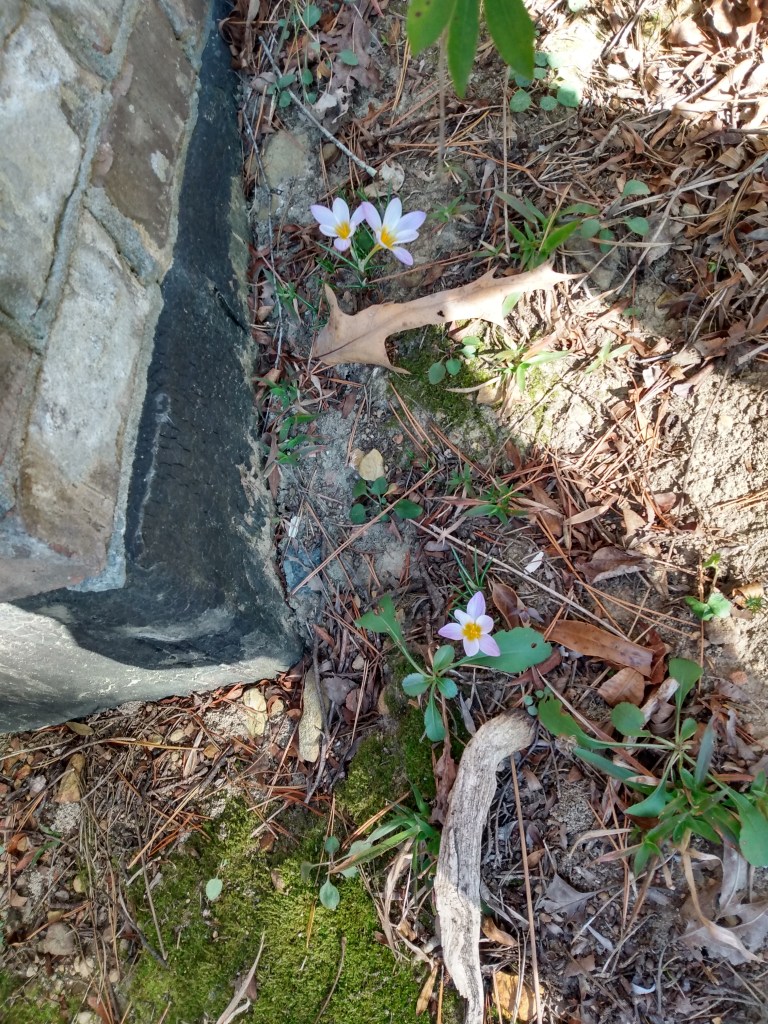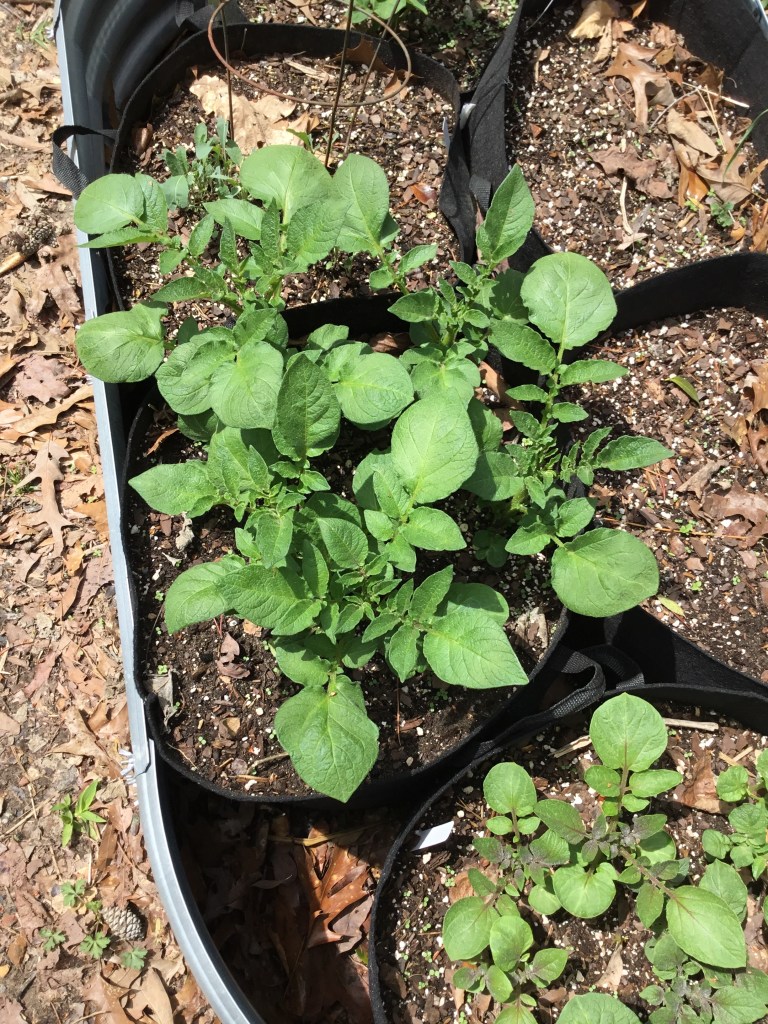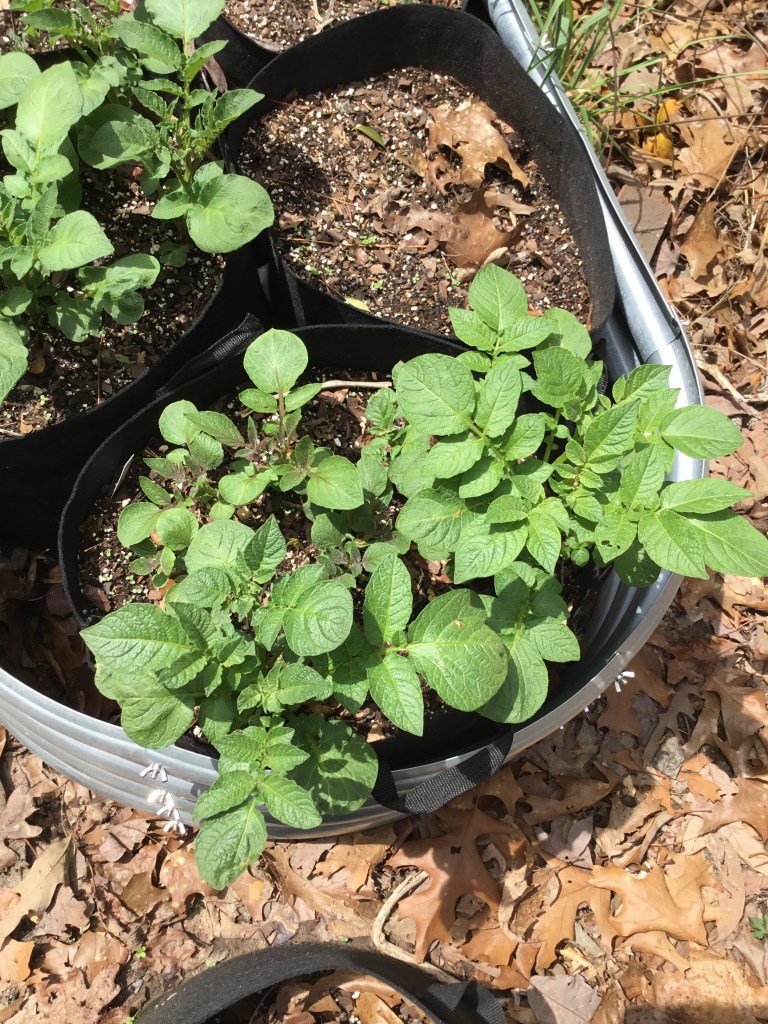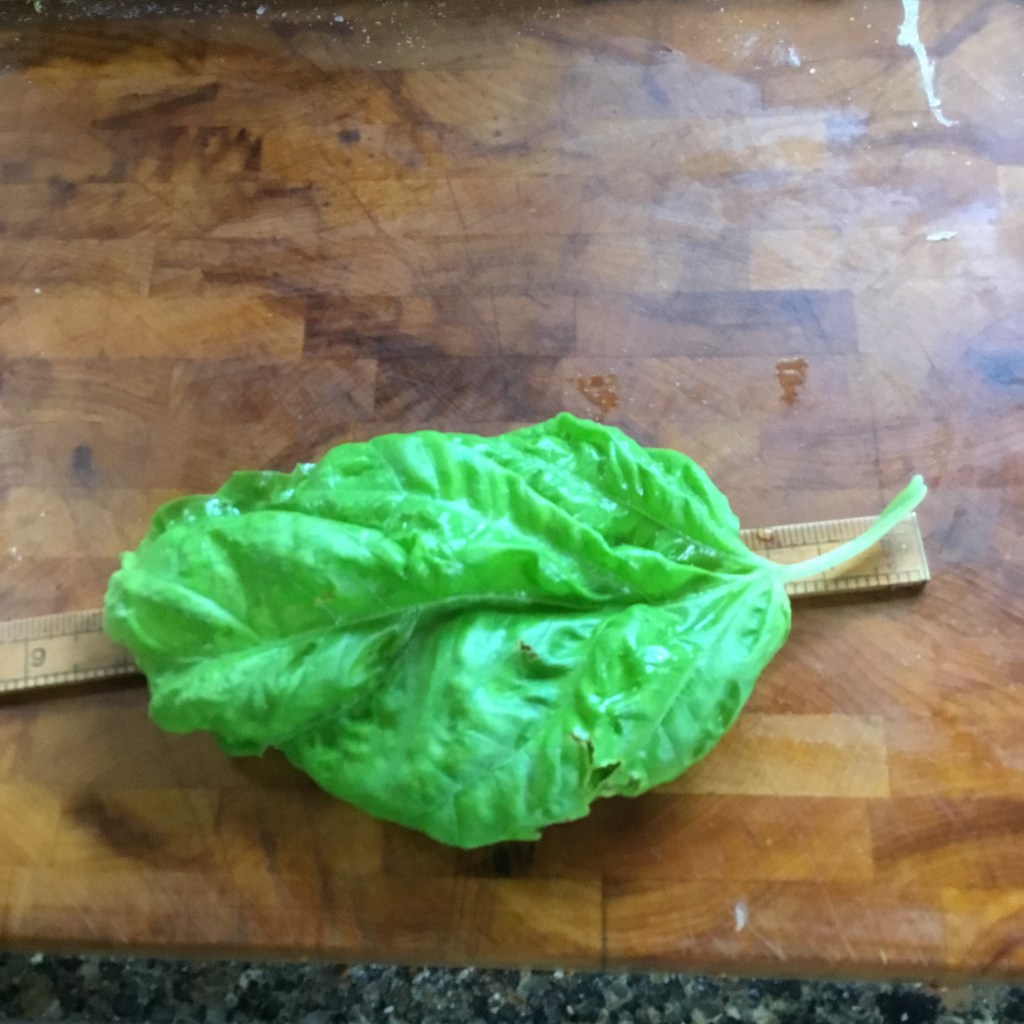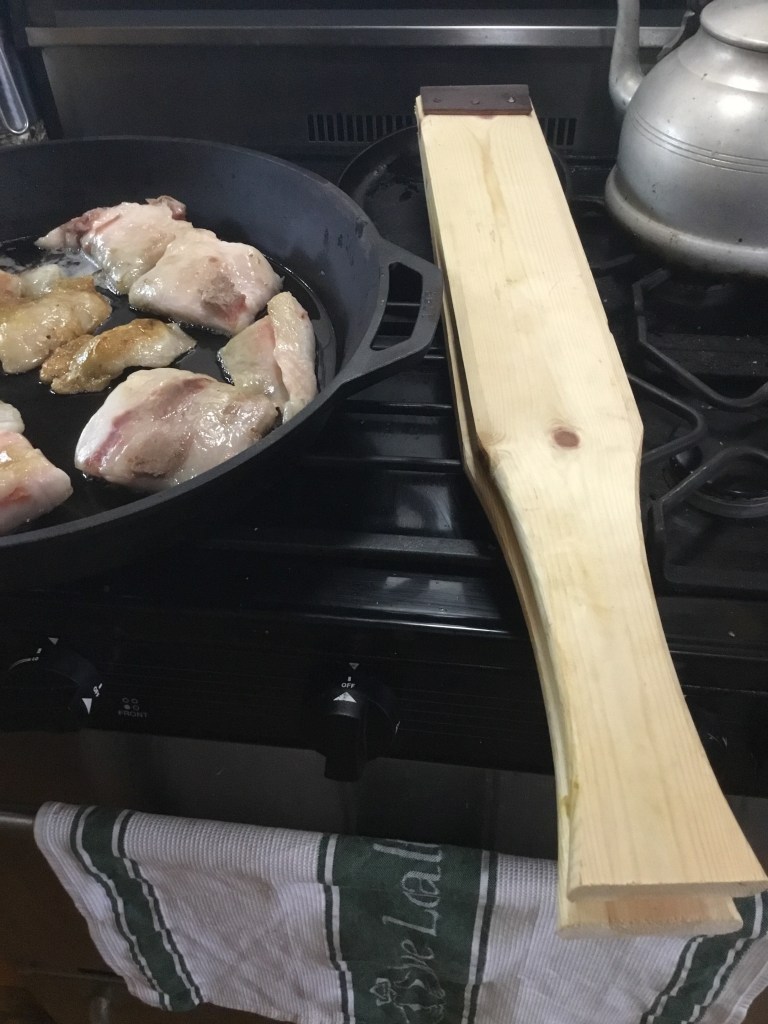Here it is, in the original Middle English:
Whan that Aprill with his shoures soote
The drogte of March hath perced to the roote
And bathed every veyne in swich licour
Of which vertu engendered is the flour;
Whan Zephirius eek with his sweete breeth
Inspired in every holt and heeth
The tender croppes, and the Yonge sonne
Hatch in the Ram his half course Yronne.
And small fowles maken melodie,
That slepen al the nyght with open eye–
So pricketh nature in hir corages–
Thanne longen folk to goon on pilgrimages,
And palmeres for to seken straunge strondes
To ferne halwes, kowthe in sondry londes;
And specially from every shires ende
Of Engeland to Caunterbury they wende
The hooly blisful martyr for to seke
That hem hath holpen what they were seeke.
Geoffrey Chaucer, Canterbury Tales
If you made it through all that, you have probably determined that Middle English is a transitional form between Anglo Saxon (Old English), and Modern English. It is essentially a language with Germanic grammar and a mostly French vocabulary, courtesy of the Norman French conquest of England. The catch here is that all words are pronounced exactly as they are spelled. A long vowel is designated by a double vowel–“oo” is pronounced as a long o, and single vowels are short vowels. All this changed with the introduction of movable type, followed in England by the great vowel shift, which meant that not all words in modern English are pronounced as spelled. An expanded explanation would take a few pages, so I’ll stop right there.

